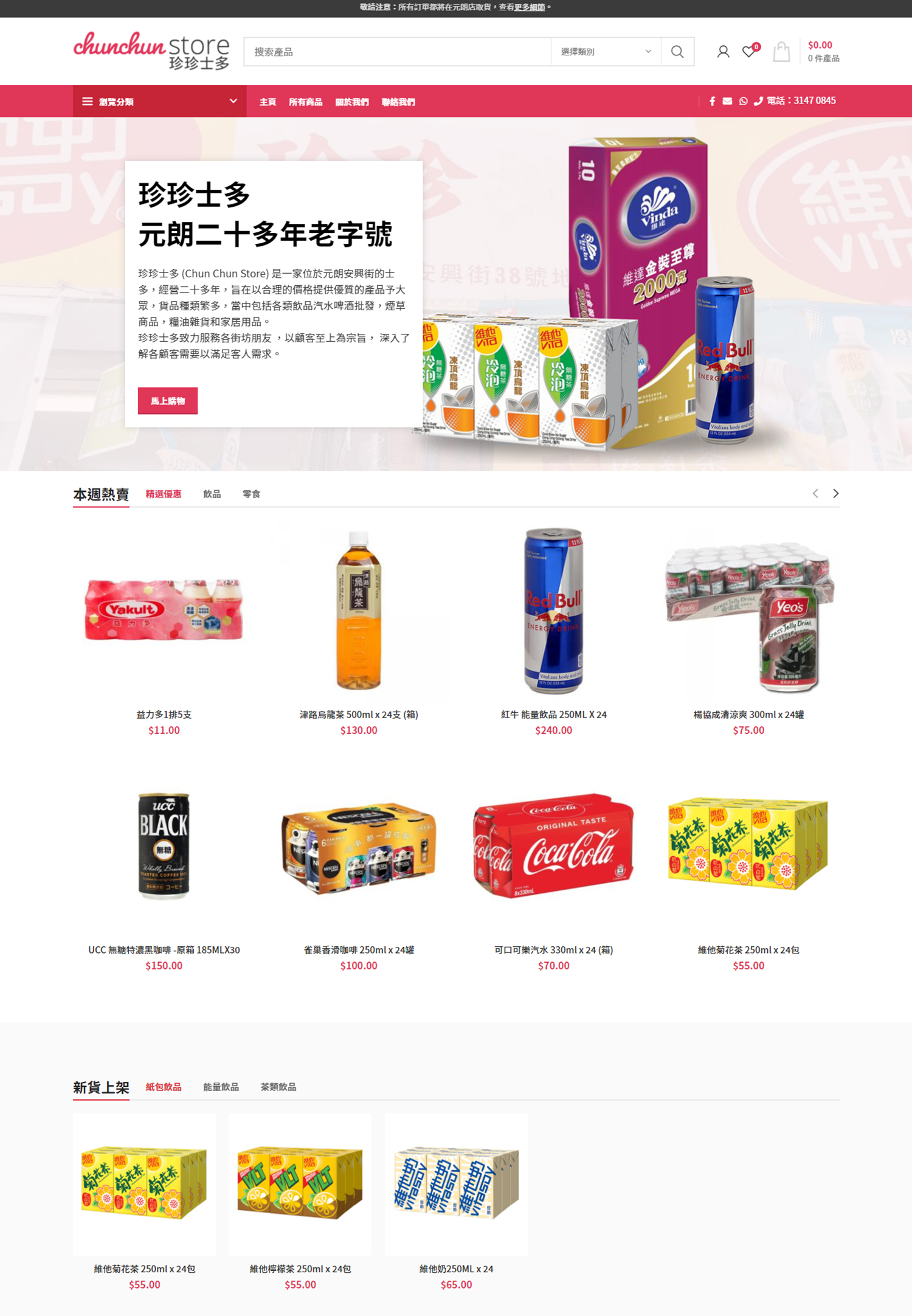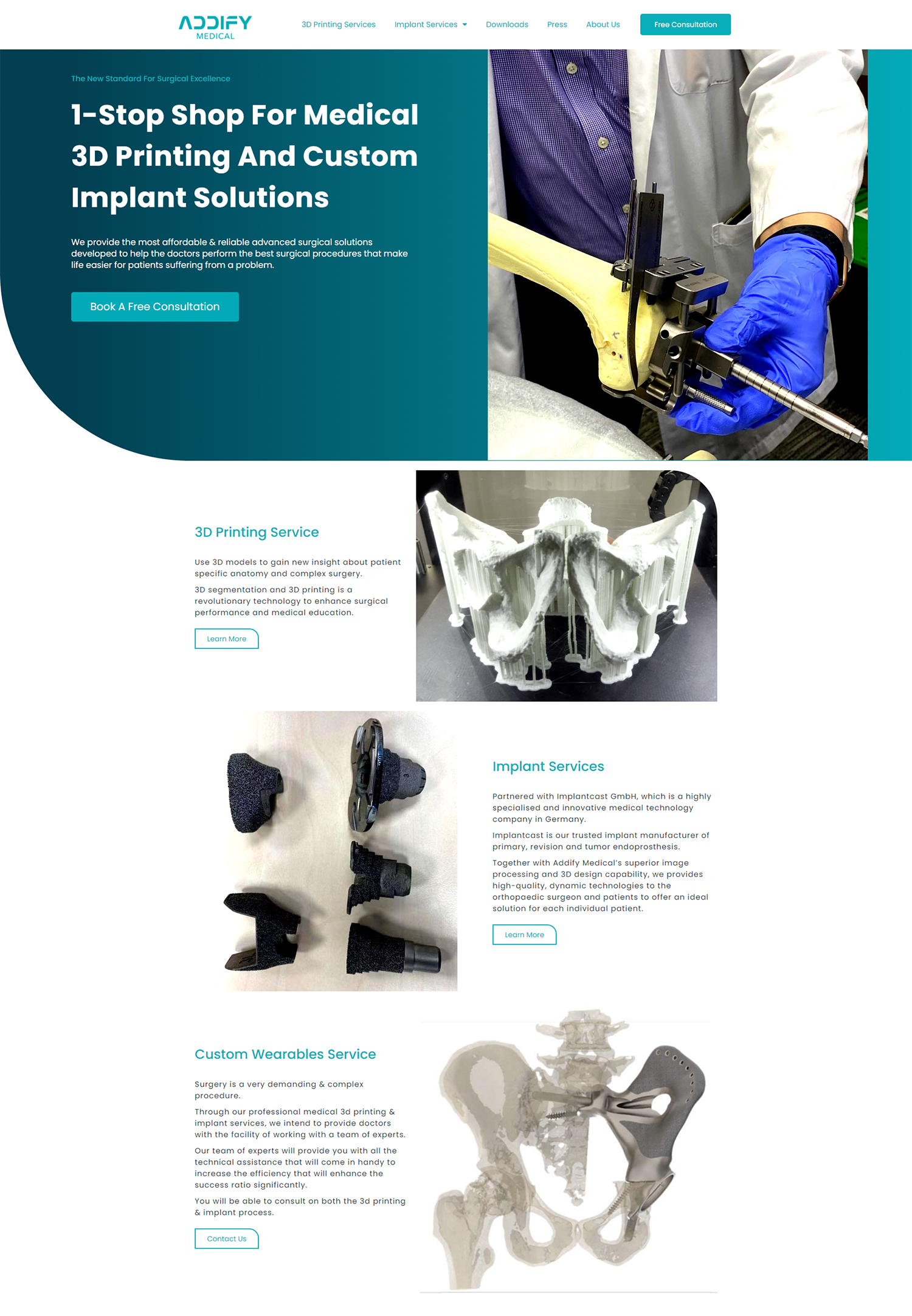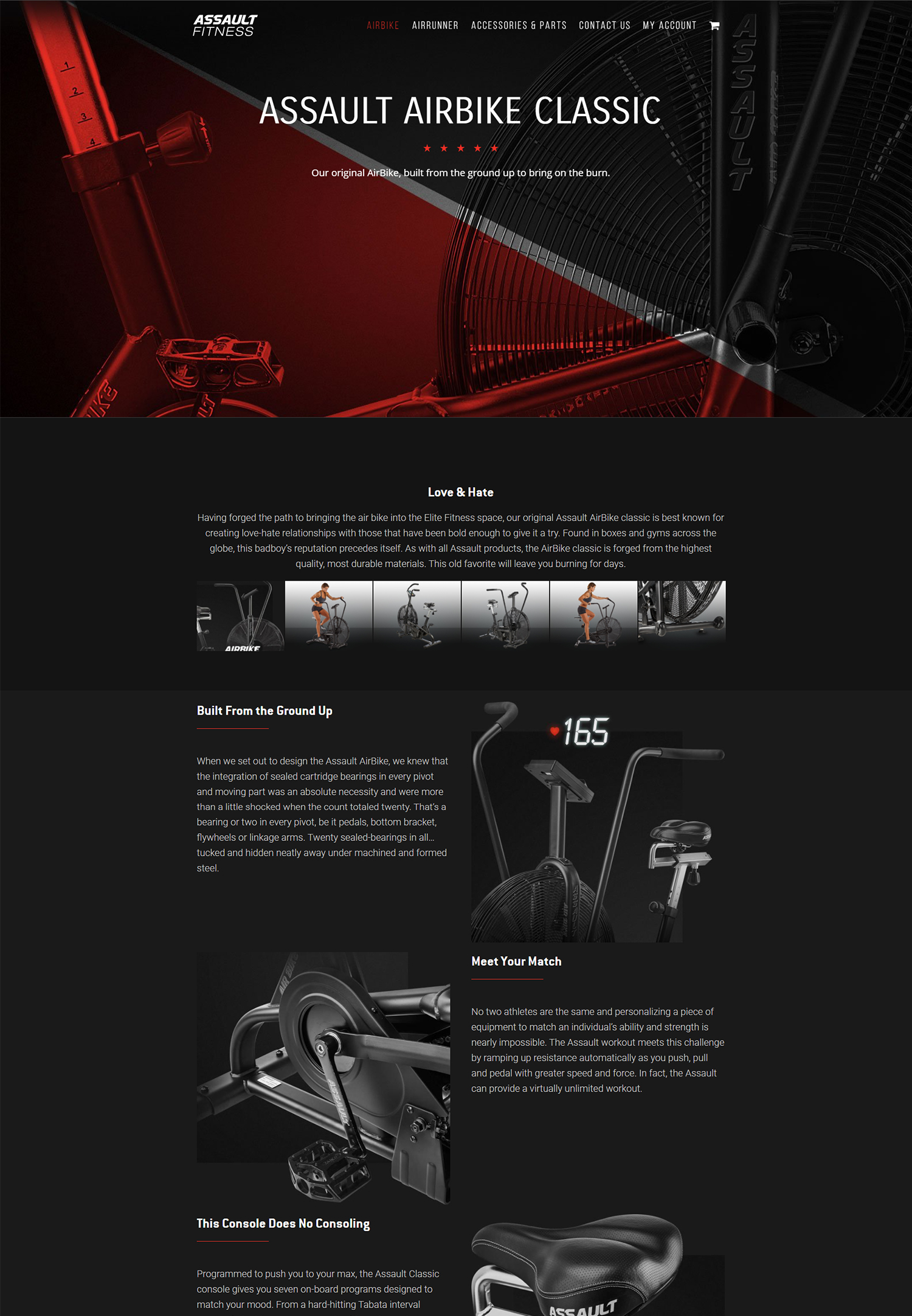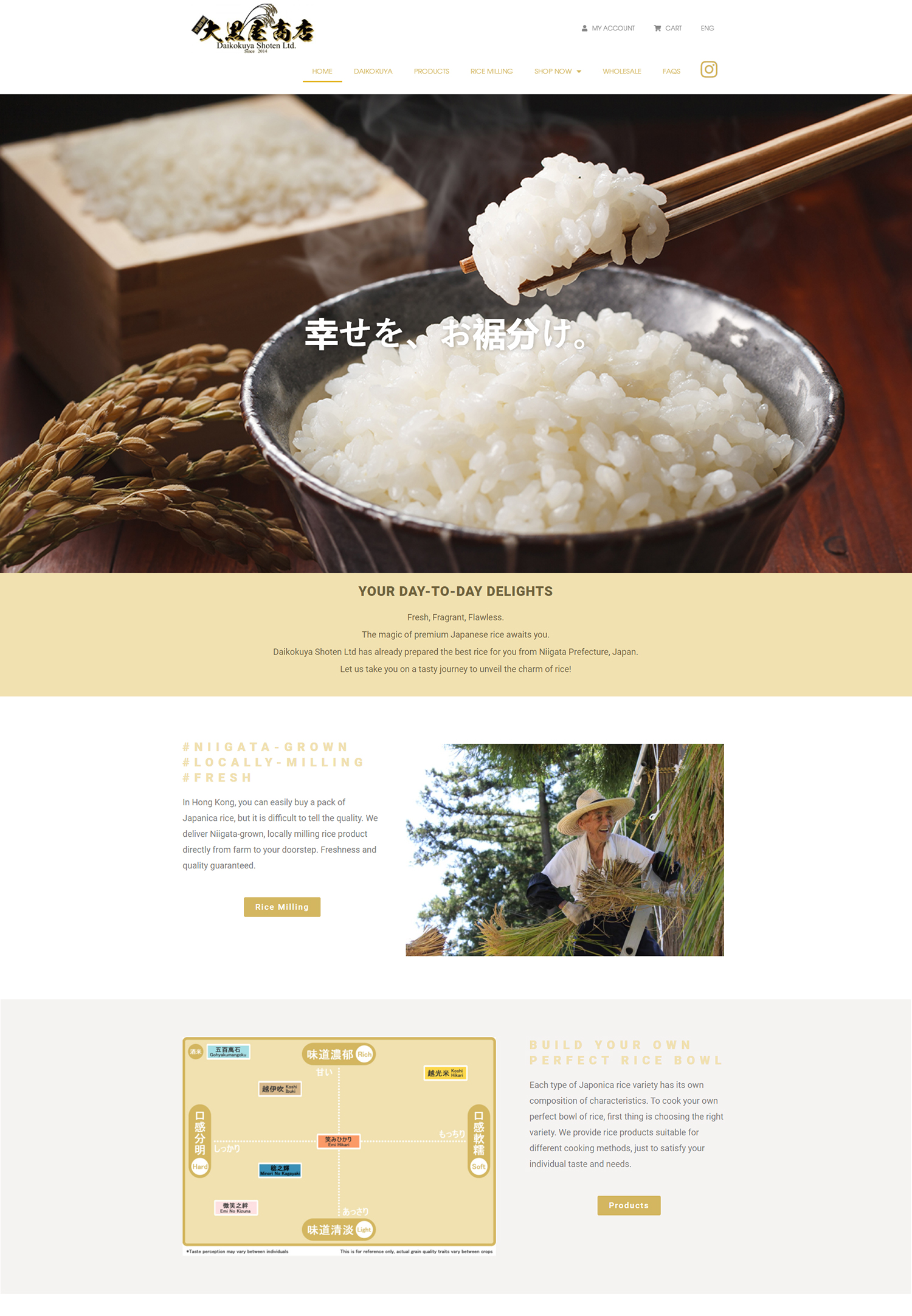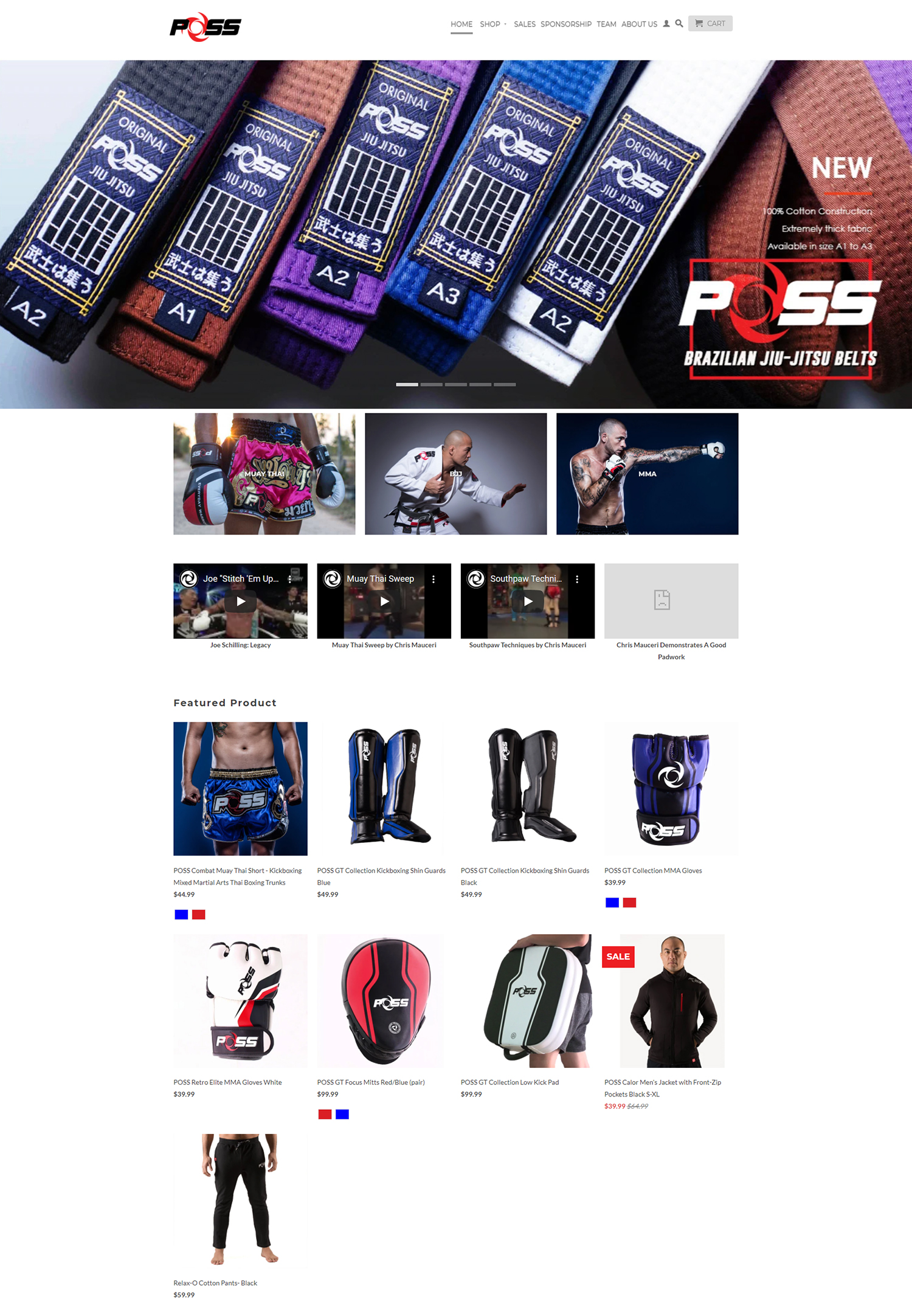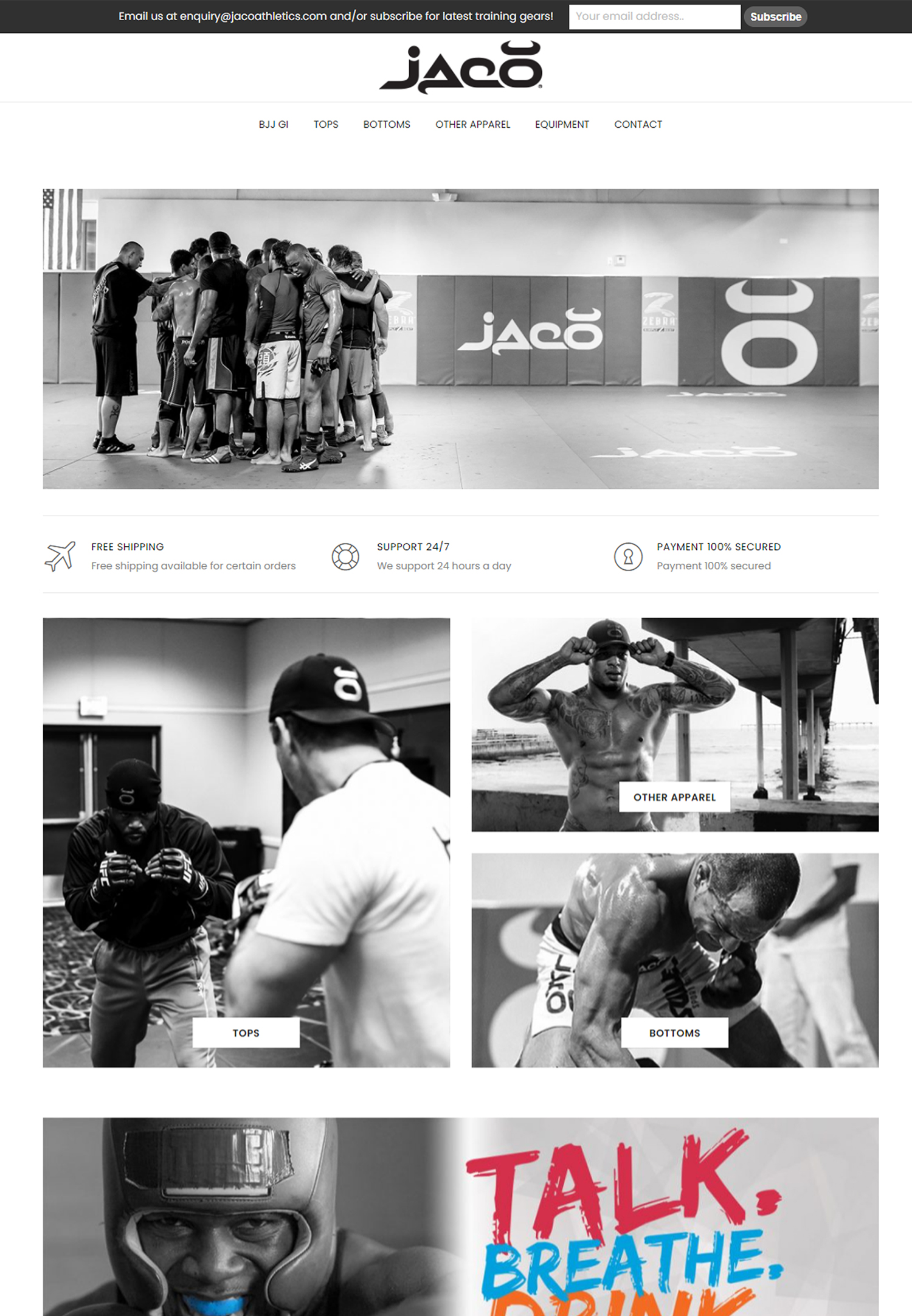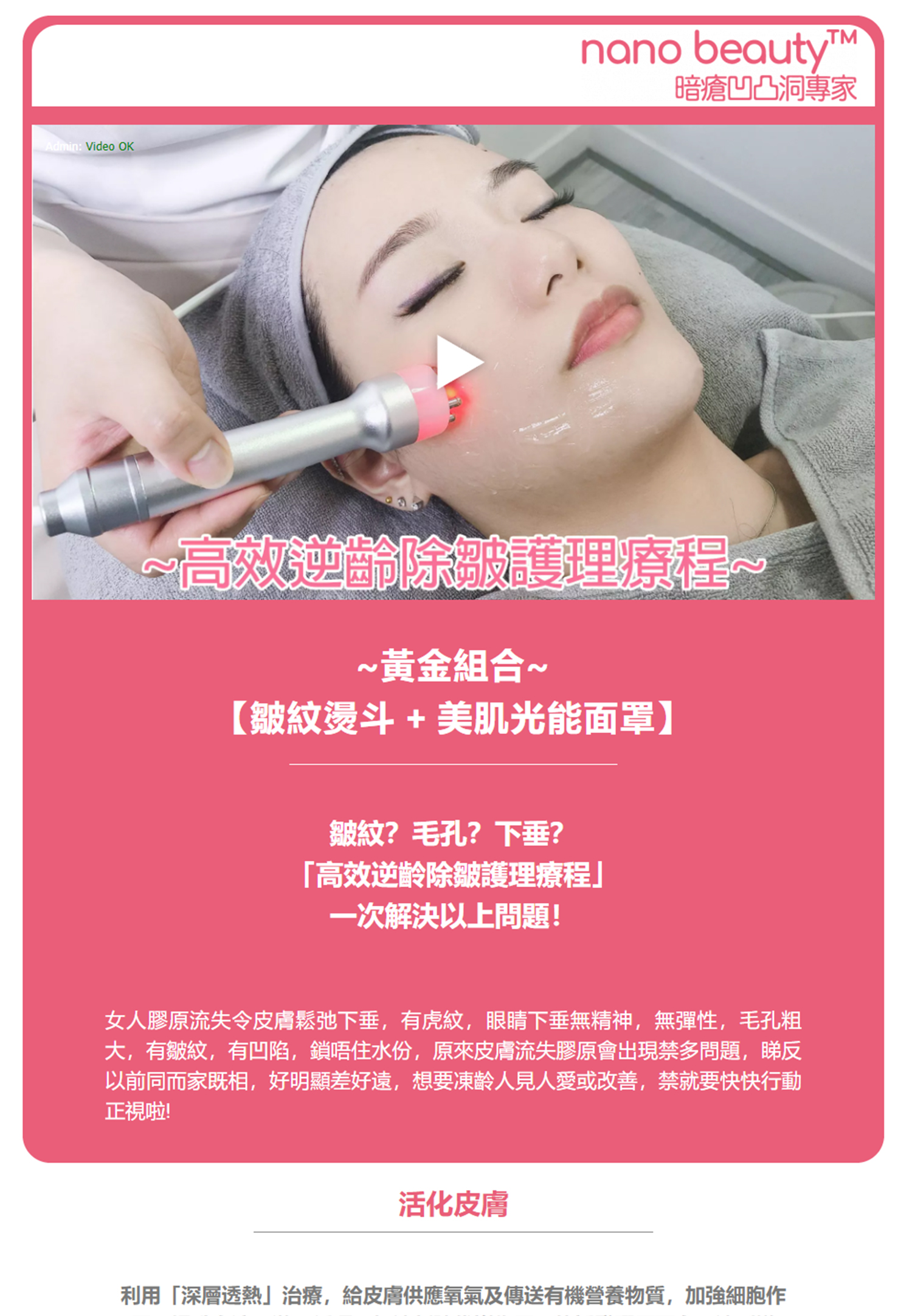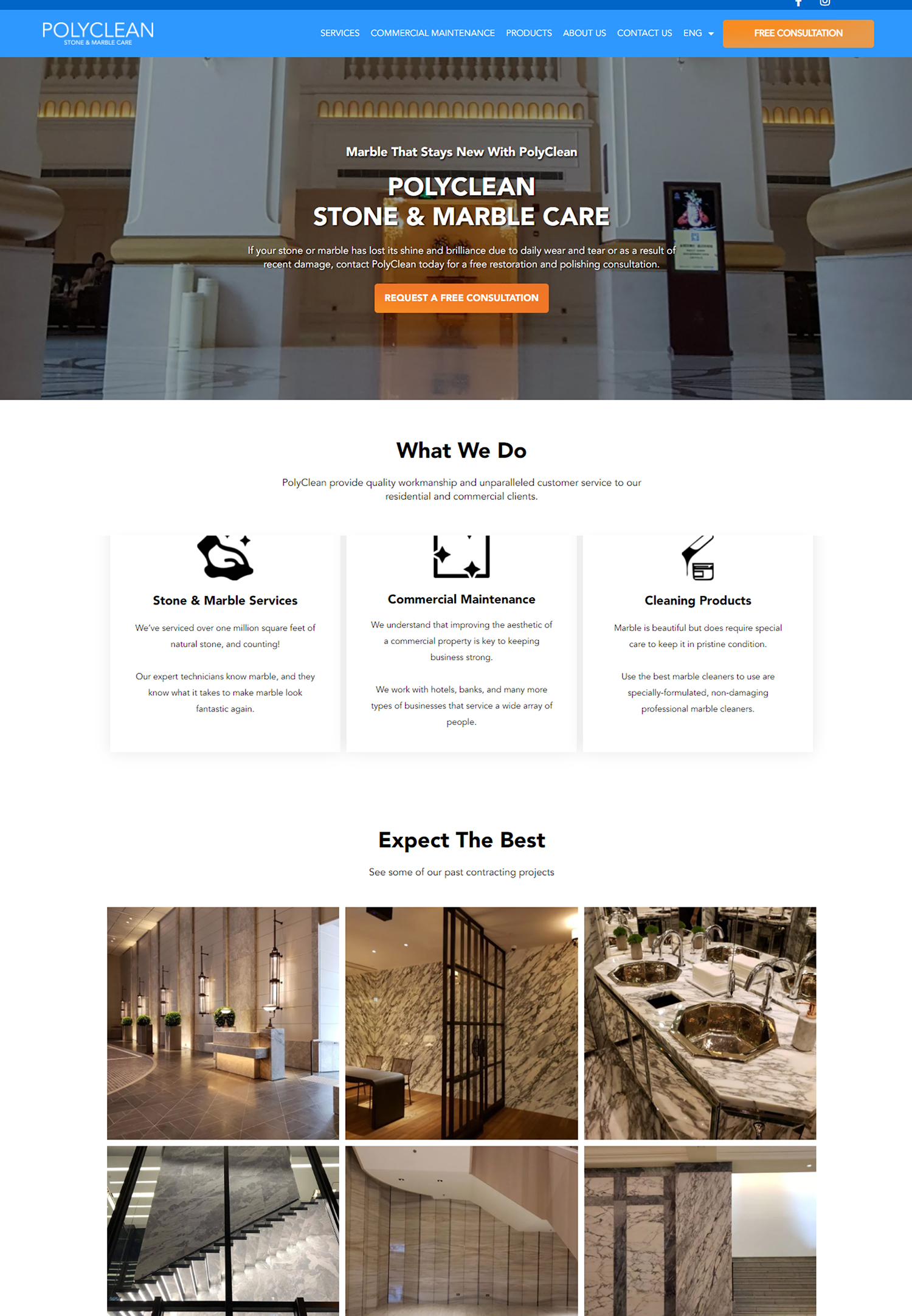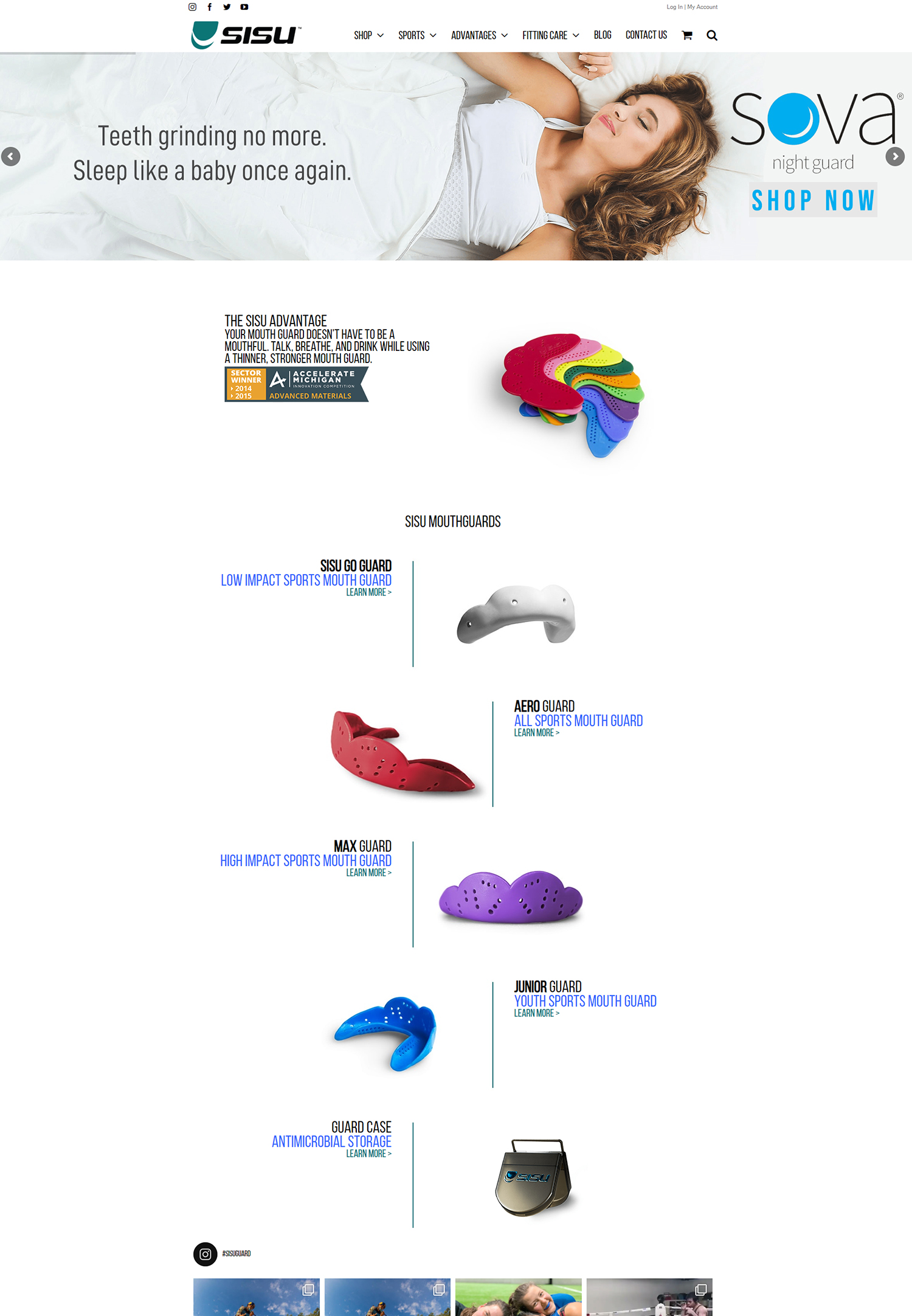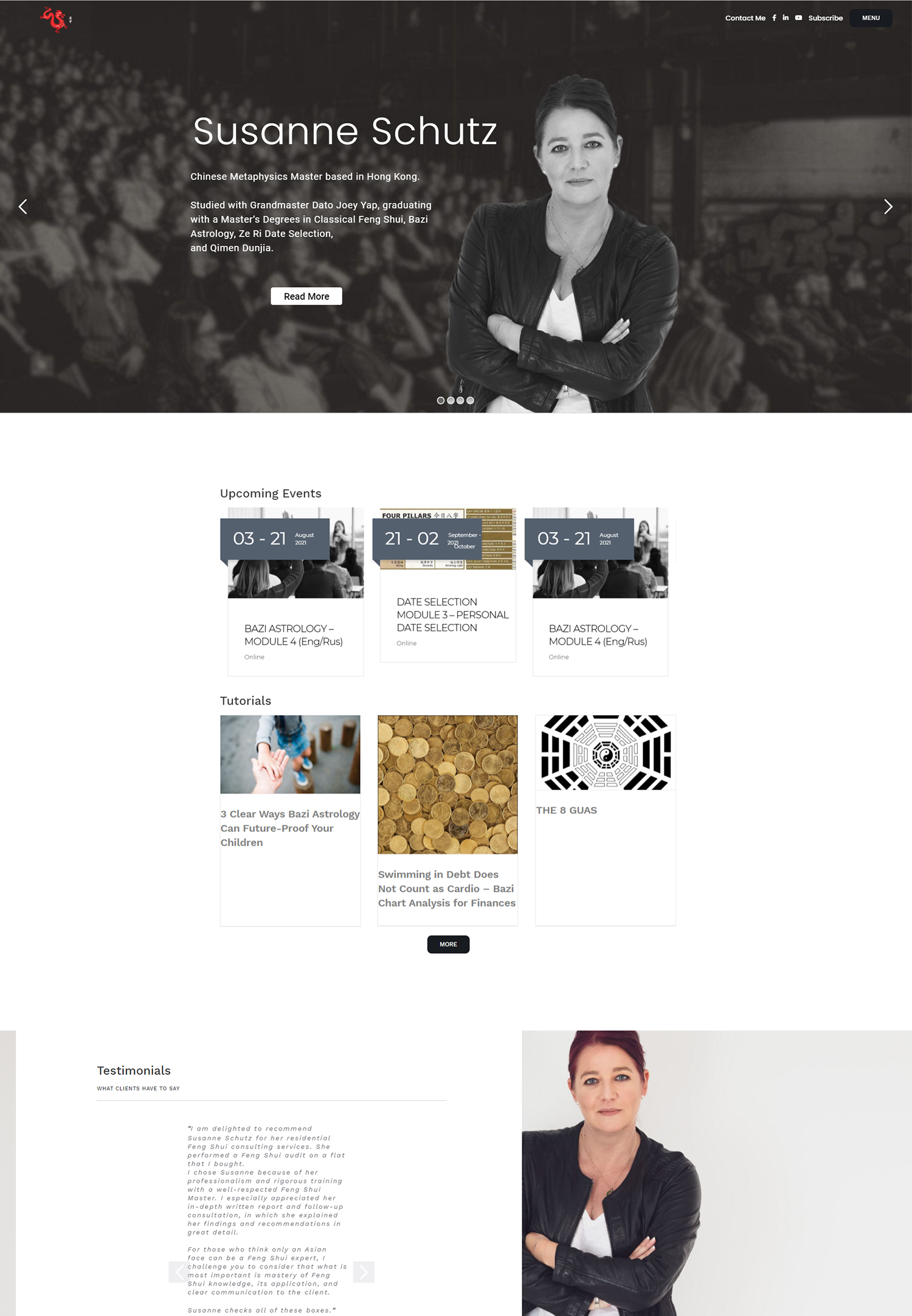A sales funnel is a crucial component of any successful marketing strategy. It is a visual representation of the customer journey, from the initial awareness stage to the final purchase. Understanding and optimizing your sales funnel can significantly impact your business’s success by increasing conversions and revenue. In this article, we will explore the different stages of a sales funnel and provide tips and strategies for each stage to help you create an effective and efficient sales funnel.
Understanding the Concept of a Sales Funnel
A sales funnel is a marketing model that illustrates the customer journey from the initial contact with your brand to the final purchase. It consists of several stages, each representing a different level of engagement and commitment from the customer. The stages typically include awareness, interest, consideration, and decision.
Having a well-defined sales funnel is essential because it allows you to understand your customers’ behavior and tailor your marketing efforts accordingly. By mapping out the customer journey, you can identify areas where potential customers may drop off and implement strategies to keep them engaged and move them through the funnel.
Identifying Your Target Audience and Their Needs
Knowing your target audience is crucial for creating an effective sales funnel. Understanding who your ideal customers are, their demographics, interests, and pain points will help you tailor your marketing messages to resonate with them.
To identify your target audience, start by analyzing your existing customer base. Look for common characteristics among your most loyal and profitable customers. Conduct market research to gather insights about your target audience’s preferences, behaviors, and needs. Use tools like surveys, interviews, and social media analytics to gather data.
Once you have identified your target audience, it’s important to understand their needs and pain points. What problems are they trying to solve? What challenges do they face? By understanding their needs, you can create targeted marketing messages that address their pain points and offer solutions.
Creating Compelling Landing Pages to Attract Visitors
A landing page is a standalone web page designed to capture visitor’s information or encourage them to take a specific action, such as making a purchase or signing up for a newsletter. It is an essential component of a sales funnel as it serves as the entry point for potential customers.
Having a compelling landing page is crucial because it determines whether visitors will stay and engage with your brand or leave. To create an effective landing page, start by defining a clear goal for the page. What action do you want visitors to take? Whether it’s signing up for a free trial, downloading an ebook, or making a purchase, make sure your landing page is designed to encourage that specific action.
In addition to a clear call-to-action, your landing page should also have persuasive copy and compelling visuals. Use persuasive language to highlight the benefits of your offer and address any objections or concerns visitors may have. Use high-quality images or videos that showcase your product or service and create a sense of trust and credibility.
Developing Lead Magnets to Capture Contact Information
A lead magnet is an incentive that you offer to potential customers in exchange for their contact information, such as their email address. It is an effective way to capture leads and build your email list, which is crucial for nurturing leads and moving them through the sales funnel.
Having a lead magnet is important because it provides value to potential customers and encourages them to take the next step in the customer journey. It can be an ebook, a checklist, a webinar, or any other valuable content that addresses your target audience’s needs and pain points.
When creating a lead magnet, make sure it is relevant to your target audience and provides actionable information or solutions. Use compelling copy and visuals to highlight the value of your lead magnet and encourage visitors to provide their contact information.
Nurturing Leads with Email Marketing Campaigns

Email marketing plays a crucial role in the sales funnel as it allows you to nurture leads and build relationships with potential customers. By sending targeted and personalized emails, you can keep your brand top of mind and guide leads through the customer journey.
When creating email marketing campaigns, it’s important to segment your email list based on demographics, interests, and behaviors. This allows you to send targeted messages that are relevant to each segment. Personalize your emails by addressing recipients by their name and tailoring the content to their specific needs and interests.
Use a mix of educational and promotional content in your email marketing campaigns. Provide valuable information that helps your leads solve their problems or achieve their goals. Include calls-to-action that encourage recipients to take the next step in the customer journey, such as signing up for a free trial or making a purchase.
Crafting Effective Sales Pages to Convert Leads into Customers
A sales page is a web page designed to persuade visitors to make a purchase. It is the final stage of the sales funnel where leads are converted into customers. Having an effective sales page is crucial because it determines whether leads will convert or abandon the purchase.
When creating a sales page, start by clearly stating the benefits of your product or service. Highlight how it solves your target audience’s problems or fulfills their needs. Use persuasive language and compelling visuals to create a sense of urgency and encourage visitors to take action.
Include social proof on your sales page, such as testimonials or reviews from satisfied customers. This helps build trust and credibility and reduces any doubts or objections visitors may have.
Implementing Upsell and Cross-Sell Strategies to Increase Revenue
Upselling and cross-selling are strategies used to increase revenue by encouraging customers to purchase additional products or upgrade their existing purchase. These strategies are implemented after the initial sale has been made and can significantly impact your business’s profitability.
Upselling involves offering customers a higher-priced version of the product they are considering or additional features that enhance their experience. Cross-selling, on the other hand, involves offering customers related products or services that complement their initial purchase.
To implement upsell and cross-sell strategies effectively, it’s important to understand your customers’ needs and preferences. Offer products or features that are relevant and valuable to them. Use persuasive language and compelling visuals to highlight the benefits of the upsell or cross-sell offer.
Utilizing Social Media and Paid Advertising to Drive Traffic
Social media and paid advertising are powerful tools for driving traffic to your sales funnel. They allow you to reach a wider audience and increase brand awareness, ultimately leading to more leads and conversions.
When utilizing social media, it’s important to choose the platforms that are most relevant to your target audience. Create engaging and shareable content that resonates with your audience and encourages them to take action. Use social media advertising to target specific demographics, interests, and behaviors and drive traffic to your landing pages or lead magnets.
Paid advertising, such as Google Ads or Facebook Ads, can also be effective in driving traffic to your sales funnel. Use targeted keywords and ad copy that align with your target audience’s needs and interests. Monitor and optimize your ads regularly to ensure they are performing well and driving qualified traffic.
Measuring and Analyzing Your Sales Funnel Performance
Measuring and analyzing your sales funnel performance is crucial for identifying areas of improvement and optimizing your marketing efforts. By tracking key metrics, you can gain insights into how well your sales funnel is performing and make data-driven decisions.
Some key metrics to track in the sales funnel include conversion rates at each stage, average order value, customer acquisition cost, and customer lifetime value. Use analytics tools like Google Analytics or CRM software to track these metrics and generate reports.
Regularly analyze your sales funnel performance to identify areas where potential customers may be dropping off or experiencing friction. Use A/B testing to test different strategies or elements of your sales funnel and see which ones perform better. Continuously monitor and optimize your sales funnel to improve conversions and revenue.
Continuously Improving Your Sales Funnel for Maximum Results
A sales funnel is not a one-time setup; it requires continuous improvement and optimization to achieve maximum results. By regularly reviewing and refining your sales funnel, you can stay ahead of the competition and ensure that your marketing efforts are effective.
To improve your sales funnel, start by analyzing customer feedback and reviews. Listen to your customers’ needs and concerns and make adjustments to address them. Test different strategies, elements, or offers to see what resonates best with your target audience.
Look for inspiration from other companies that have successfully improved their sales funnels. Study their strategies and tactics and see how you can apply them to your own business. Stay up-to-date with the latest marketing trends and technologies and be willing to adapt and evolve your sales funnel accordingly.
In conclusion, having a well-defined and optimized sales funnel is crucial for the success of your marketing efforts. By understanding the concept of a sales funnel, identifying your target audience, creating compelling landing pages, developing lead magnets, nurturing leads with email marketing campaigns, crafting effective sales pages, implementing upsell and cross-sell strategies, utilizing social media and paid advertising, measuring and analyzing your sales funnel performance, and continuously improving your sales funnel, you can increase conversions and revenue for your business. Start implementing the tips and strategies covered in this article to create an effective and efficient sales funnel for maximum results.
If you’re looking to implement a sales funnel on your website, you may find the article “Conversion Optimization: Turning Visitors into Customers” helpful. This article provides valuable insights and strategies for optimizing your website’s conversion rate and increasing sales. It covers various techniques such as creating compelling landing pages, improving user experience, and implementing effective call-to-action buttons. Check out the article here to learn more about how to turn your website visitors into loyal customers.
FAQs
What is a sales funnel?
A sales funnel is a marketing concept that describes the journey a potential customer takes from being aware of a product or service to making a purchase. It is a series of steps that guide the customer towards the final goal of making a purchase.
Why is implementing a sales funnel important?
Implementing a sales funnel on a website is important because it helps businesses to convert website visitors into paying customers. It also helps to streamline the sales process and improve customer engagement.
What are the stages of a sales funnel?
The stages of a sales funnel typically include awareness, interest, consideration, intent, and purchase. These stages represent the different steps a potential customer takes before making a purchase.
How can I create a sales funnel for my website?
To create a sales funnel for your website, you need to identify your target audience, create content that appeals to them, and guide them through the different stages of the funnel. This can be done through various marketing techniques such as email marketing, social media marketing, and paid advertising.
What are some common tools used to implement a sales funnel?
Some common tools used to implement a sales funnel include landing pages, email marketing software, customer relationship management (CRM) software, and analytics tools. These tools help businesses to track customer behavior and optimize their sales funnel for better results.
How long does it take to see results from a sales funnel?
The time it takes to see results from a sales funnel can vary depending on various factors such as the industry, target audience, and marketing strategy. However, businesses can typically expect to see results within a few weeks to a few months of implementing a sales funnel.




